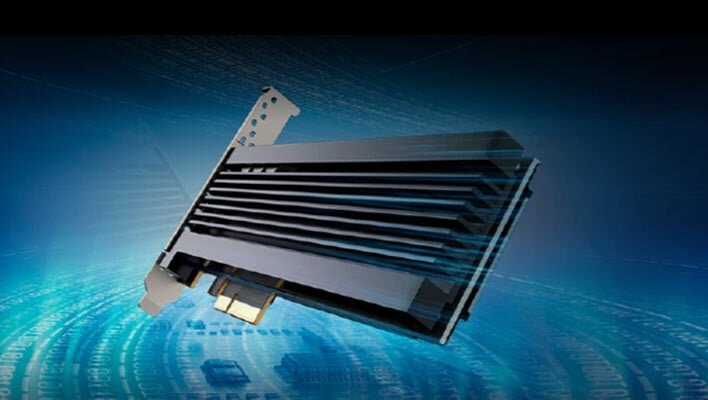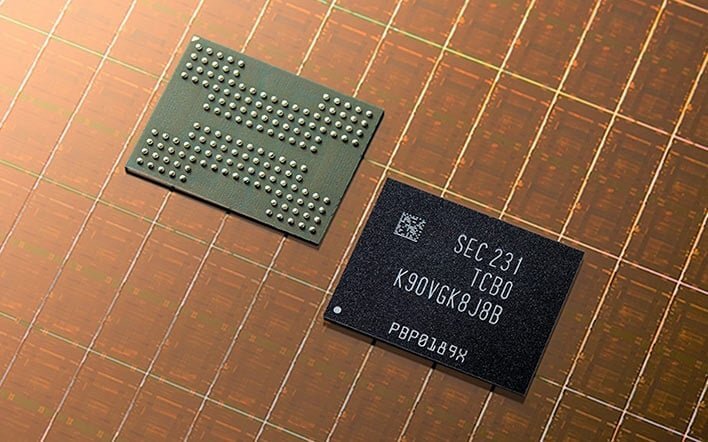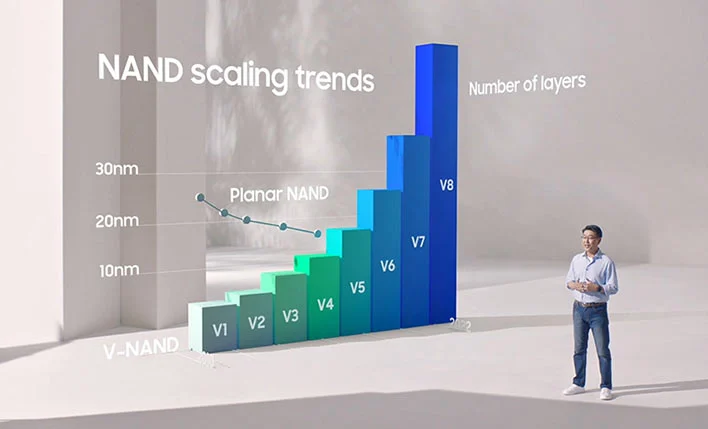
during his speechOn the topic of “Re-evolution of Flash and Towards a New Era,” Kyungryeon Kim, Vice President of Samsung and General Manager of NAND Product Planning Group, expressed his belief that 1 petabyte (petabyte) SSD volumes will be available within the next decade (1 PB volume equals 1, 024 terabytes).
The capacities of most modern SSDs for average users are currently limited to 4TB or even 8TB in some cases (the capabilities of enterprise-class SSDs are much larger). So we still have a long way to go before we see companies like Samsung bring 1PB or 1PB+ storage units to market. Looking at volumes that use a larger form factor and storage devices intended for enterprise/datacenter use, Nimbus Data announced last year that it would offer 200TB volumes – or even 400TB SSDs – that they use the 2.5-inch form factor. . Also recently, Pure Storage announced its “roadmap” which includes a 300TB SSD.

Going back to Samsung’s announcement and Kyungryun Kim’s presentation, the South Korean tech giant mentioned increasing data consumption which leads to the need for larger capacity storage devices which are also exponentially faster. Samsung Vice President and General Manager of NAND Product Planning Group Kyungryun Kim said the increase in data consumption/storage from the metaverse, autonomous driving and robots will be huge, and we must not forget that part of the equation is the Internet of Things (IoT) and the continued proliferation of smart devices.
At CFMS 2023, Kim explained that to keep up with the demand for increasingly larger capacity data storage units, Samsung has had to ramp up its efforts on several fronts. “Physical measurement technology, syllogism technology, and 3D NAND memory chip packaging technology are changing,” he said.

In the near future, Samsung will do more to promote widespread adoption of QLC (Quad-Level Cell) technology to provide improved density while reducing any defects “through the smarter use of QLC technology.” We’d love to know how Samsung managed to get around any limitations given the low performance and not-so-good reputation of this NAND flash technology, but Kyungryun Kim may not want to share relevant information with its competitors. Although QLC technology does not offer the highest performance, and the technology has some drawbacks, but with the problems presented by QLC technology, it is difficult to imagine that P(enta)LC, H(exa)LC, or even O(cta)LCs can become mainstream. within a decade. The answer may lie partly in physical measurement technology and even more so in expected advances in materials and development techniques.
-
1

“Total alcohol fanatic. Coffee junkie. Amateur twitter evangelist. Wannabe zombie enthusiast.”






More Stories
Is this what the PS5 Pro will look like? (Image)
Finally, Windows 11 24H2 update significantly boosts AMD Ryzen – Windows 11 performance
Heart Surgeon Reveals The 4 Things He ‘Totally Avoids’ In His Life